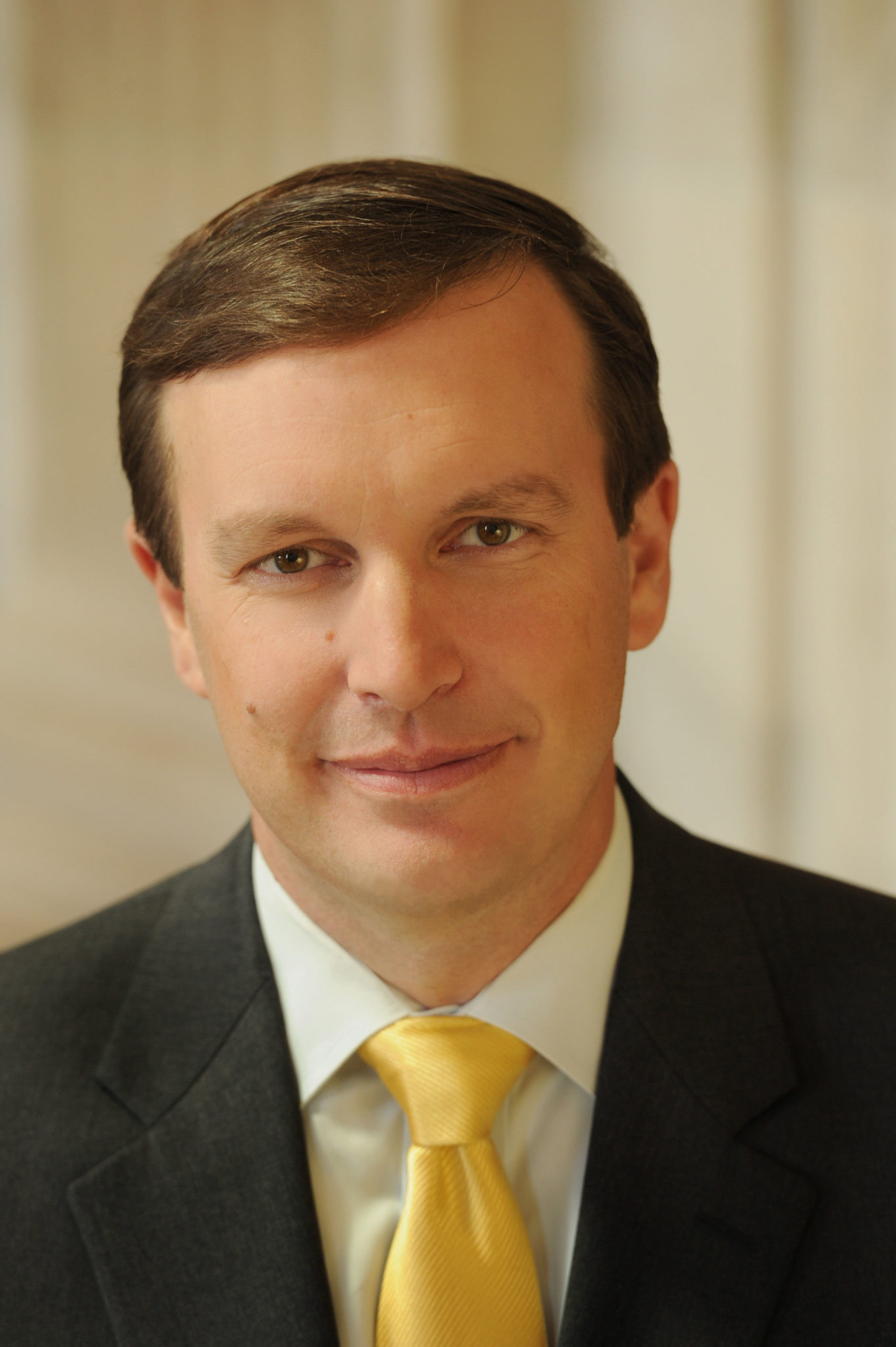
Wikimedia Commons
Connecticut Sen. Chris Murphy’s organization Fight Back CT has been sending volunteers throughout the state this year to increase voter turnout and engage Democrats in municipal elections.
The organization, which is funded with coffers from Murphy’s Senate campaign account, began in 2017 after Donald Trump was elected president. Murphy saw many liberal activists in Connecticut who were angry and wanted to use their energy for a good cause, but he said he didn’t know where to steer their efforts. He launched Fight Back CT to direct interested volunteers towards increasing turnout in 2018 and in the municipal elections earlier this month, with a broader aim of increasing voter education and improving voter habits.
“Trump’s reckless policies have spurred people in Connecticut to act. I wanted to channel the energy I saw on the ground into action, so I created Fight Back Connecticut in 2017. Our mission is to elect Democrats up and down the ballot in Connecticut and pave the way for a new generation of elected leaders in the state,” Murphy said in a statement sent to the News.
Although the organization currently only employs two individuals, it was much bigger in 2018 when Murphy was up for reelection, according to Peter Cyr, one of Fight Back CT’s two currently paid employees. With about 40 employees, including at least four in every congressional district, Fight Back CT knocked on over 200,000 doors and placed over a million calls to voters throughout Connecticut, according to its website.
In 2019, the organization scaled down but continued voter outreach. According to Cyr, it focused more on talking with voters about issues they cared about and reminding them to vote in the November election. While Fight Back CT is a Democratic organization, Cyr said that it doesn’t tell citizens how to vote, but instead tries to engage them in conversation about political issues they care about.
“We don’t tell people who to vote for,” Cyr said in an interview with the News. “We party build, we identify with voters on the issues that they care about, then we remind them there’s an election this year and that they should be participating.”
In addition to standard political work such as text-banking and phone-banking, Fight Back CT also aims to engage voters in face-to-face conversations, often with passionate volunteers. Cyr cited the importance of a “personal touch” in this outreach style.
In 2019, the organization also focused on improving Connecticut’s data infrastructure and voter file. Since the Nutmeg State is viewed as safely blue in federal elections, Cyr told the News that there has been little effort to do this data work in recent years. In accomplishing this and its other electoral work, Fight Back CT partners with Democratic town chairs in many of Connecticut’s 167 municipalities, as well as organizers in the state-wide party.
“In the Democratic party … a lot of our voters tend to vote in presidential years but don’t vote in off years,” Cyr said. “The main goal is to increase voter turnout generally and develop better voting patterns for the Democratic party.”
Looking forward, Fight Back CT is preparing to potentially engage heavily in the 2020 elections, Cyr said. Despite Connecticut’s reputation for being dependably blue, the state Senate — where Fight Back CT is planning to center its upcoming efforts — has been more competitive in recent years. It may also organize in the 2nd and 5th congressional districts, the two districts most likely to be close races in 2020. Murphy represented the 5th district from 2007 to 2013.
Without a representative or senator in Washington from Connecticut, Republicans don’t have an organization such as Fight Back CT that is sponsored by one of their state leaders. Yet, according to Republican State Chairman J.R. Romano, the statewide party organizes extensively for municipal and local elections.
In an interview with the News, Romano said that since Democrats took control of Connecticut politics following the 2018 election — breaking the previous 18–18 deadlock in the state Senate — many citizens have felt “left behind” by the Democratic “tax bug.” Romano said Connecticut Republicans also partnered with local organizations to engage voters before the 2019 elections. Romano told the News that his organization used several new engagement tactics in the run-up to this November’s election but declined to provide specific details.
Like Cyr, Romano has set his aim on the state Senate in 2020. He said he believes Republicans can gain a majority, despite Democrats’ current 22–14 advantage. Romano was particularly inspired by recent municipal election results, including the first selectman’s race in Greenwich, in which Republican Fred Camillo won with 55 percent of the vote.
“We have some real opportunity [to win the state Senate] and we’re excited about it,” he said.
The 2020 national general election is on Nov. 3.
Emmett Shell | emmett.shell@yale.edu
Update, Dec. 1: This article has been updated to include comments from Sen. Murphy.







